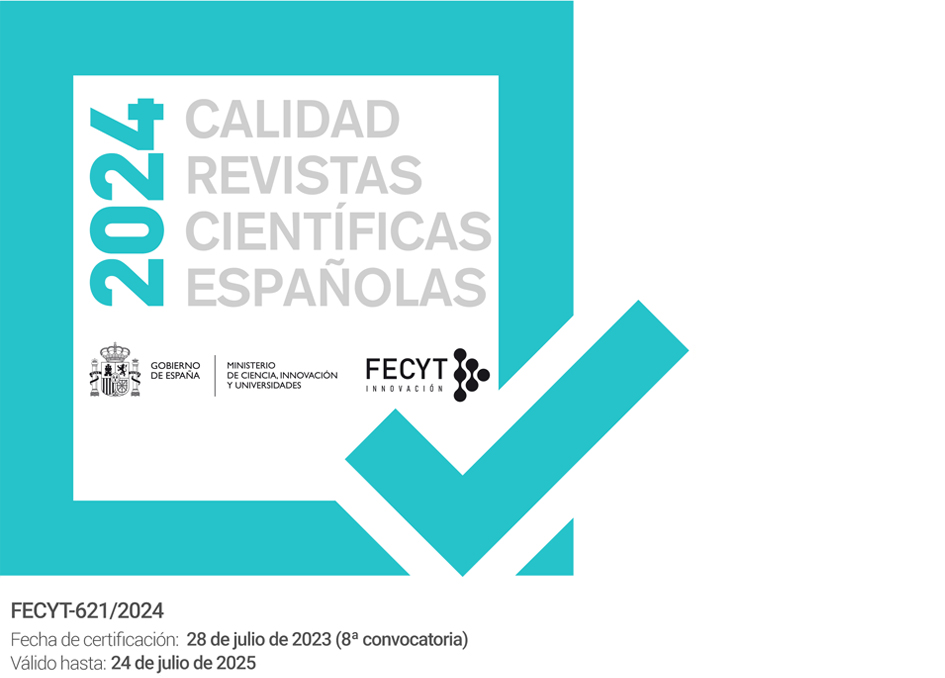DATA MINING OF BIOMETRIC DATA: REVISITING THE CONCEPT OF PRIVATE LIFE?
Abstract
Over recent years, a whole new process known as data mining, equivalent to automated techniques processing large sets of data in order to extract patterns, relationships, trends and other information not traceable through usual ‘human’ reading, has been largely gaining in repute. By taking advantage of the seemingly indefinite opportunities enabled by applications of data mining techniques, various fields of scientific or medical research, business transactions, state-related and other security-concerned activities, could gain unprecedented benefits. However, notwithstanding established data protection principles reserved also for biometric information, data mining practices, inherently intrusive in the private sphere of individuals, have generated various concerns and controversy. As these emerging technological developments create new challenges to the protection of personal data, including primarily the most sensitive category of biometric data, the effectiveness of the concept of privacy under the European Convention on Human Rights (ECHR) and of the existing EU data protection legislation in securing an adequate legal framework is facing a new ordeal. This paper seeks to review, especially in the aftermath of the recent Luxembourg Court’s case law, whether evolving data mining practices materialize the need of adjusting the legal treatment of biometric data protection.Downloads
Download data is not yet available.
Downloads
Published
2017-12-30
How to Cite
Bourcha, C., Deftou, M.-L., & Koskina, A. (2017). DATA MINING OF BIOMETRIC DATA: REVISITING THE CONCEPT OF PRIVATE LIFE?. IUS ET SCIENTIA, 3(2), PP. 37–62. Retrieved from https://revistascientificas.us.es/index.php/ies/article/view/13285
Issue
Section
Artículos
License
Those authors being published in this journal agree to the following terms:
- Authors retain their copyright and they will guarantee to the journal the right of first publication of their work, which will be simultaneously subject to license recognition by Creative Commons that allows others to share such work provided it is stated the author’s name and his first publishing in IUS ET SCIENTIA.
- Authors may take other non-exclusive distribution license agreements version of the published work (e.g. deposit in an institutional digital file or publish it in a monographic volume) provided it is stated the initial publication in this journal.
- It is allowed and encouraged that Author s disseminate their work via the Internet (e. g. institutional digital files or on their website) prior to and during the submission process, which can lead to interesting exchanges and to increase citation of the published work.
Views
- Abstract 85
- PDF (Español (España)) 103




